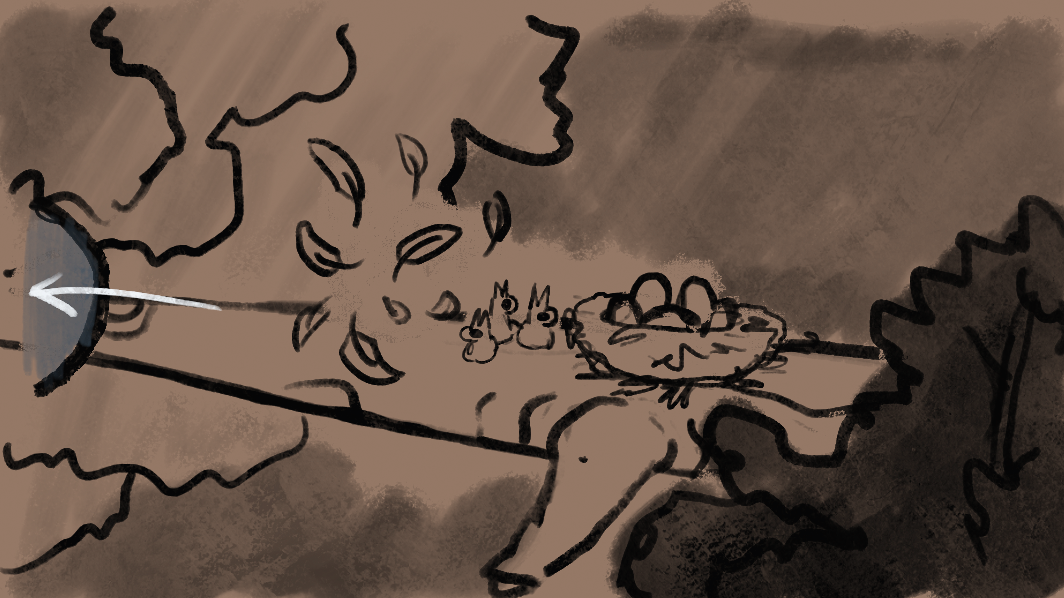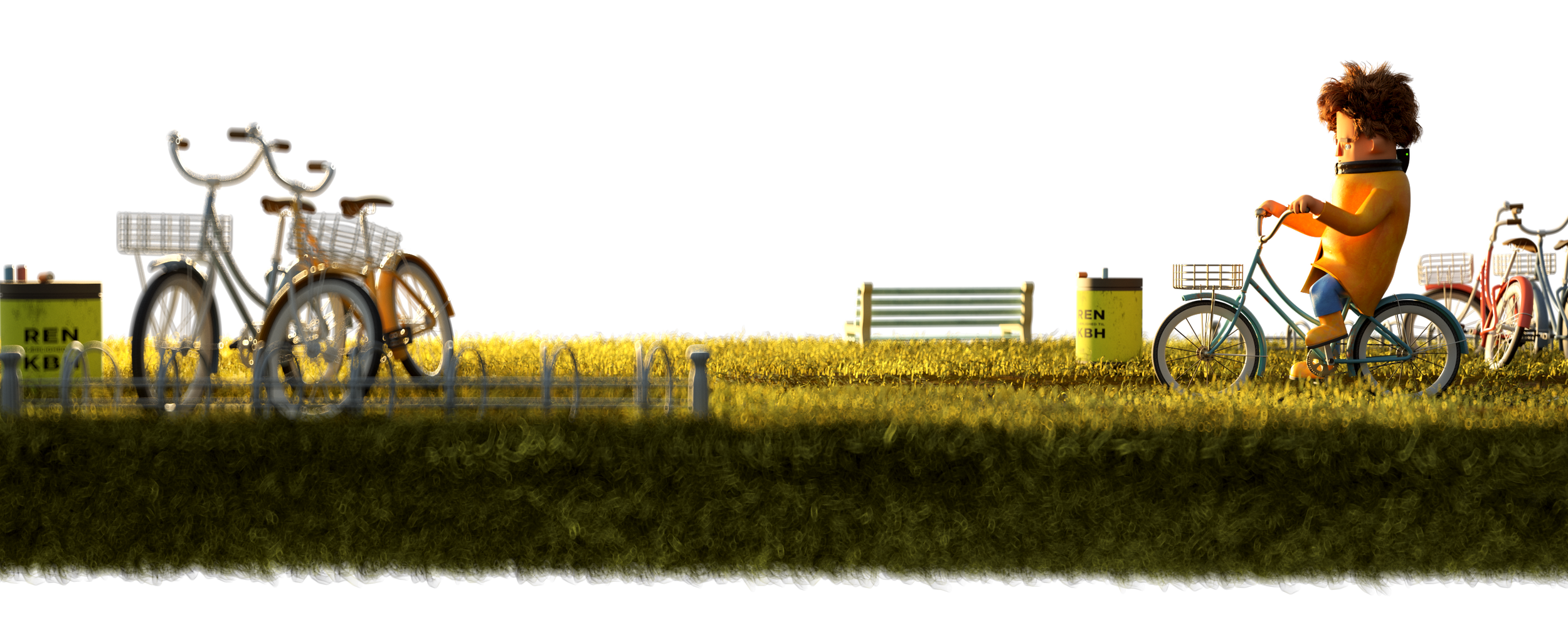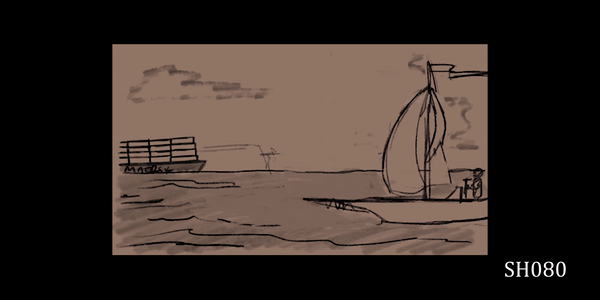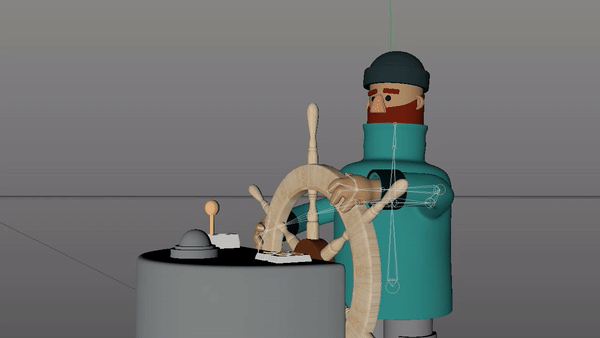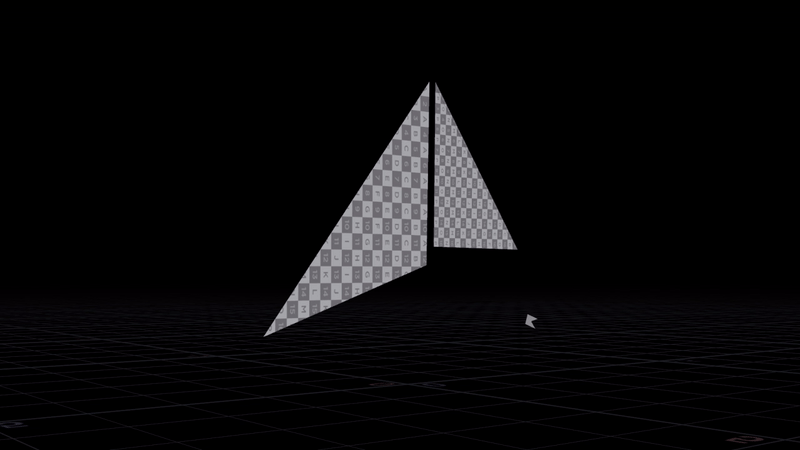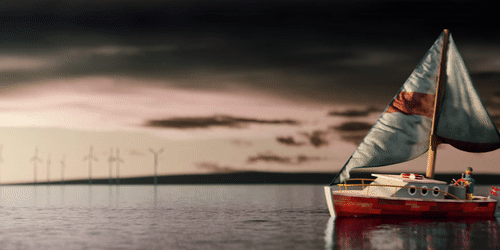Kanon
Imagine, every morning and evening, a loud blast surprises you in your home. It sounds like a bomb went off. Maybe an accident at a construction site? No... it sounds... older. Historic. That was canon fire. The first time our heard the canons, as he tells it, he jumped in the air. High in the air. Suddenly fearing that the port of Copenhagen was under siege by the English armada. But after a few short weeks in their new apartment, he learned it was just the Danish way to signal the country to raise their flags in the morning and lower them at night. However, being that he and his wife are not Danish, their minds would run wild every morning and evening after the initial shock wore off. Were they shooting off actual canons? Where were they aiming? Out to sea? Towards the city? What happened every morning when those canons were loaded, lit, and fired? This little short is a fun representation of the weird and wonderful worlds that exist in our minds. Enjoy, Kanon.
I guess we can admit that we were always aware that the Danish military was not firing outdated weaponry on their own citizens every dawn and dusk. No confusion here. However, this provided us such a fun, creative opportunity to think about all of the things that could happen if canon balls indeed were flying around the city. In addition to brainstorming different, bizarre, scenarios, this also provided our director with a great opportunity to get out and explore our his home. He and his wife would take walks around the city as he frantically ran around taking reference pictures and scribbling down half-baked sketches in a notebook. Standing at the finish line of a project, it is alway fascinating to look back and see where it started. How small the initial idea was and how it ballooned throughout the production into something bigger. How a simple joke can lead to a short video that took over a month to make. This project was an incredibly fun exercise for us that allowed our team to do what we love most - take a ridiculous idea and bring it to life through our creative and technical skills. Below, you can find a break down of the process starting from the idea, through the production process and into the finishing touches.
Process
This was not a project where we had a grand idea right from the start. Our director has a notebook full of half-baked ideas, some just little sketches or single words. For these types of projects, we usually wait until something really grabs us as opposed to just muscling through an idea that seems reluctant to come. So, we were pleasantly surprised when one day, startled by the canons like most mornings, it hit our director that this could be the studio’s next project. He quickly scratched down seven frames, seen below. A guard seeing the sun, rushing to load the canons, and firing it off - unfortunately taking a bird with it. And with that, the root idea of our story was in place, and we set out to fill out the short animation that was to surround it.
Furiously writing down every possible comedic situation we could think of, our team set off to work. Does a dog get distracted by the canon ball flying by and take off at a full sprint, taking its owner with him? Does it hit a kayaker's paddle, forcing them to only be able to paddle in circles? Does a squirrel get caught on it as it flies by and goes for a wild ride through the air? Does Denmark even have squirrels? There were so many options, but as we started to draw them out, envisioning how the scenes could come together, a few scenes stood out to us that would actually work. Below you can see a few of the storyboards from the original animatic.
Once we had the rough outline of the piece, we began to fully realize what we had gotten ourselves into. Compared to Next Flight Home, this would be a much bigger lift. Although it is almost two minutes shorter, the amount of scenes and detail in the scenes is fairly comparable. Because we wanted to include a variety of locations, most of the assets we would make in one scene could not be reused in another. It frequently felt as though our team was starting over again as they moved from one completed shot to work on another. Below is a single example of the journey that the shots would go through. From the story board, to the modeling of elements, animation of characters, simulation (of hair, smoke, water, glass, cloth, or fire), lighting, and finally rendering.
Although the idea for a scene might be quite concrete in our heads, bringing it to life is a different beast altogether. In order to avoid looking down the blank abyss of a newly created 3D scene, it helps us to draw out the characters and objects before we ever get into the computer. This step in the process helps us to land on the base forms, proportions, and layout before ever touching a wacom pen.
Selected Stills
Below are a few selected still images from the final animation.
Credits
Animation and Production: Ambient Press
Directed by: Jake Wegesin
Pictured here is Phoebe Wegesin, the wife of our director, Jake Wegesin, at the original windmill in Kastellet, Copenhagen, Denmark. The site of inspiration for this short.










